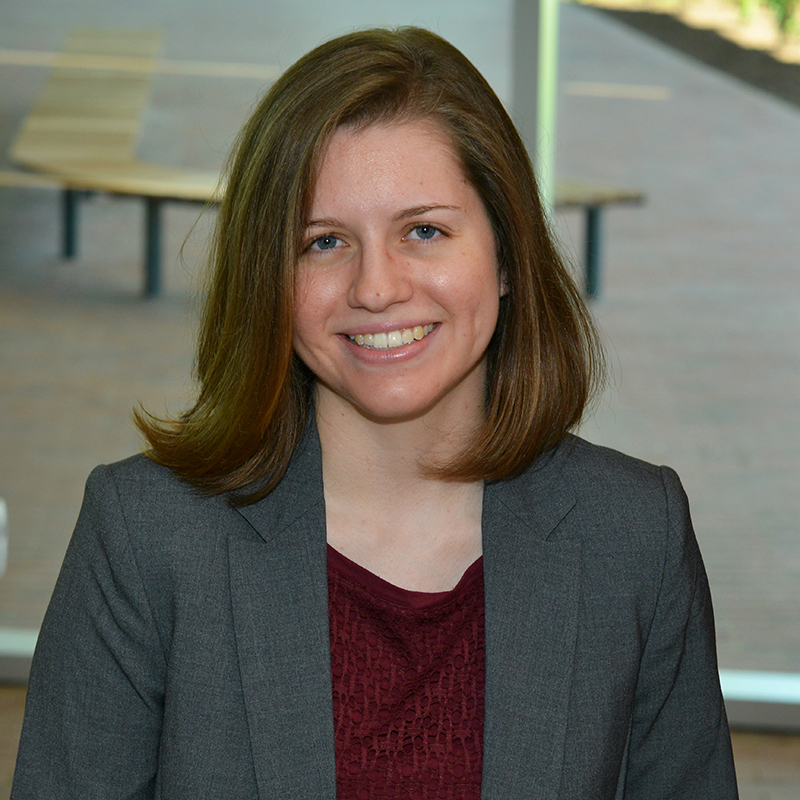
[Engineers] are there to address human and societal needs.
“Lots of people ask me what civil engineers do,” says Amanda O’Shaughnessy, a junior studying civil and environmental engineering at the University of Maryland’s A. James Clark School of Engineering. “Usually my answer is: a lot of things.”
For O’Shaughnessy, who chose the department’s environmental and water resources track, it means—among other concerns—conducting the research needed in order to shape policy on environmental issues. Working with faculty that include Natasha Andradeand Allen Davis, she studies phenomena that have major impacts not only globally, but close to home. For example, pollutants found in agricultural runoff have been linked to hypoxic zones—commonly known as “dead zones”—in the Chesapeake Bay.
“I’ve been interested in environmental issues since high school,” she says. “When I visited the civil and environmental engineering department and saw that research related to runoff and water pollution was being conducted at the environmental engineering laboratories here, I knew this was where I wanted to be.”
Now O’Shaughnessy is part of that research effort. As an undergraduate assistant in Davis’s lab, she helps conduct inorganic pollutant tests and rainfall simulations. She’ll be sharpening her research skills and expertise further as she heads into her junior year—not only as a UMD student, but as a NOAA Hollings Scholar. In April, O’Shaughnessy received notification that she had been selected for the prestigious program, which recognizes outstanding undergraduates who are studying in NOAA mission fields.
Recipients of the Hollings Scholarship receive $19,000 of financial assistance over the course of two years, as well as professional development opportunities including a paid summer-after-junior-year internship at NOAA. For O’Shaughnessy, it’s a chance to build on the work she has done already—and explore additional aspects of water resource management.“NOAA researchers have been exploring the connections among rising sea levels, stormwater management, and coastal restoration. I’m very interested in the ways in which these factors combine.”
“I’ll have the opportunity to work with a NOAA mentor and conduct research with his or her office. After my internship is finished, I’ll be able to present my research at different venues. It’s a really great opportunity.”
Ultimately, O’Shaughnessy aspires to follow up her undergraduate work with a master’s degree and then go into public service, working to develop regulations and best management practices for stormwater management and runoff control. Engineering, she stresses, is not simply about designing and making things; ultimately, engineers do their work for the benefit of people, society, and the planet—and that’s particularly true of civil and environmental engineers.
O’Shaughnessy’s commitment to public service spurred her to join Engineers Without Bordersand participate in the Maryland chapter’sefforts to help a local school deal with a recurrent problem of flooding.Besides causing water damage to the building, the storm-triggered floods also disrupt the students’ schooling by rendering basement-level classrooms inaccessible. O’Shaughnessy, who will be the project lead during the next academic year, says the organization is experimenting with options such as cantilevering an outside sidewalk and adding a rain garden.
Endeavors such as these, O’Shaughnessy notes, are at the heart of the civil and environmental engineering field and provide one answer to the question “what do you do?”
“We design systems and help other people use these systems,” she said. “Ultimately, we are there to address human and societal needs and to serve the public. That’s what the CEE field is all about.”
Top